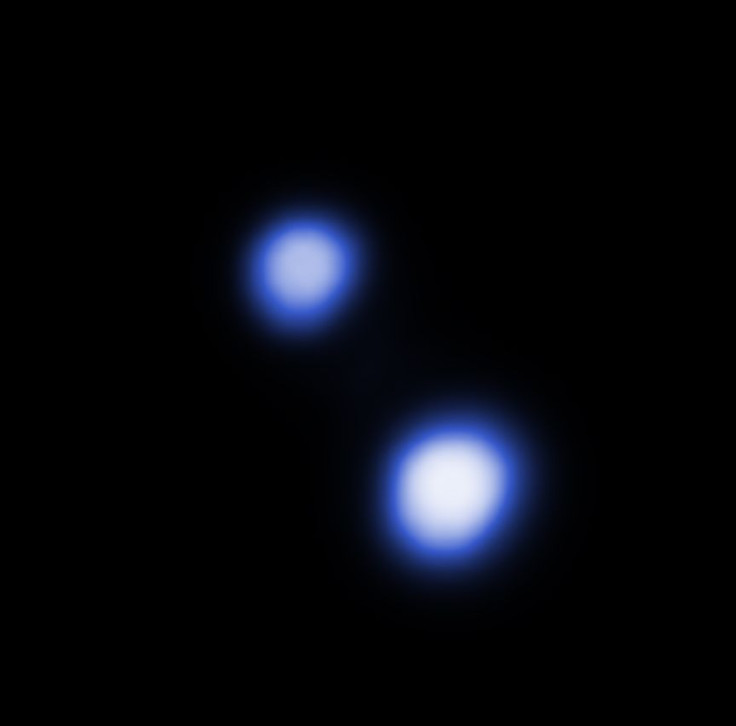Alpha Centauri: Prospects Of Life Looking Good Around Stars In Neighboring System

When it comes to finding life beyond Earth, the key lies in detecting an exoplanet that hosts all conditions necessary to support life, starting with water. Scientists have found thousands of exoplanets with many in the potentially habitable "goldilocks zone," but, despite all these discoveries, we are still waiting to find more exoplanetary candidates in the closest star system to ours — Alpha Centauri.
Sitting just a little over four light years away, the Alpha Centauri system consists of three stars, Alpha Centauri A, B, and C. The first two orbit each other and form a binary called Alpha Centauri AB, while the third, popularly known as Proxima Centauri, is a small red dwarf and the closest neighbor of our Sun. Though scientists have seen just a single planet orbiting Proxima Centauri, the data collected by NASA’s Chandra observatory suggests the neighborhood around the star’s companion (Alpha Centauri A, B) looks more friendly to life.
After observing the three stars every six months for more than a decade, astronomers measured the ups and downs in X-ray radiation emanating from them, just like our Sun’s 11-year long sunspot cycles. X-ray bombardment is considered a major hazard to the possibility of life, as high doses of intense radiation can strip away planetary atmospheres — a fate thought to have been suffered by Mars — and destroy any life existing there.
The data collected by Chandra revealed Alpha Centauri A, which is the near twin of our Sun in every way, even age, emits a lower dose of x-ray radiation compared to that received by planets sitting in close proximity of our Sun. On the contrary, its companion Alpha Centauri B is slightly dimmer and smaller than the Sun but emits about five times more radiation than it.
The findings suggest that if there are any exoplanets in the habitable zone of the two stars, they are not being bombarded by a large amount of intense radiation, something that bolsters the prospects of survival of life, if it exists.
"This is very good news for Alpha Cen AB in terms of the ability of possible life on any of their planets to survive radiation bouts from the stars," study co-author Tom Ayres of the University of Colorado Boulder said in a statement. "Chandra shows us that life should have a fighting chance on planets around either of these stars."
It is worth noting that while the radiation from Alpha Centauri B makes its neighborhood slightly worse than that of Alpha Centauri A, the third star in the system, where we have found an exoplanet, is the most hostile among the three. According to the Chandra data, the active red dwarf sends out dangerous flares of X-ray radiation from time to time, with its habitable zone receiving x-ray doses 500 times larger than that received by Earth. On big flare occasions, the radiation can even be 50,000 times larger, all of which is likely hostile to life.
That said, the work to find more exoplanets in the star system, particularly around Alpha Centauri A and B, continues. According to the researchers, finding celestial bodies in the proximity of the stars has proven difficult, mainly due to their peculiar orbits which have drawn the pair closer in the sky over the last 10 years. "Because it is relatively close, the Alpha Centauri system is seen by many as the best candidate to explore for signs of life," Ayres added. "The question is, will we find planets in an environment conducive to life as we know it?"

© Copyright IBTimes 2025. All rights reserved.





















